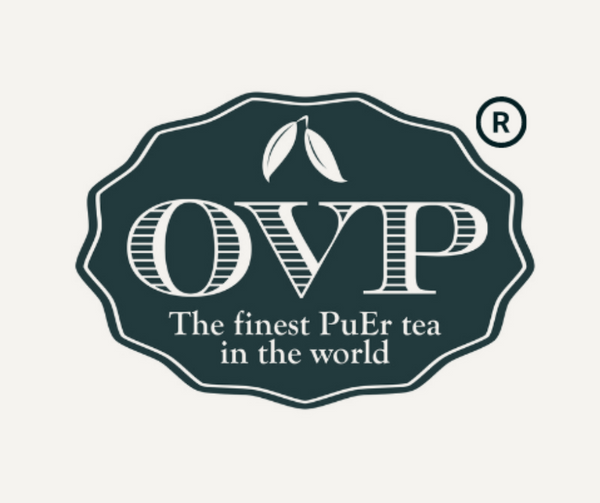OVP
Zisha teapot Qin Quan, handmade by artist Level 3, LV Jie-Ping(L3-2020)Duan Ni
Zisha teapot Qin Quan, handmade by artist Level 3, LV Jie-Ping(L3-2020)Duan Ni
Couldn't load pickup availability
🫖 Qin Quan teapot “秦权”
Clay: Duan Ni 段泥 (青段)
Capacity: 260ml
Engraving: YES
Artist: LV Jie-Ping 吕介平 (Level 3 National Arts & Crafts Artist, 2020)
Includes: Certificate of authenticity + gift box
The Shape
Qing Duanni, or "Green Duan Clay," is a subtype of Yixing Duanni, distinguished by its cool gray-green tone after firing. Though sharing the same mineral origin as classic Duanni, its color and texture shift dramatically depending on firing temperature, making it both visually unique and technically versatile.
Key Characteristics:
Appearance: Soft grayish-green hue, often showing a fine "pear-skin" texture on the surface
Firing Range:
High-temp firing results in a tight structure, subtle sheen, and dense texture
Low-temp firing enhances color variation and highlights the clay’s natural grain
Texture: Moderately sandy, slightly porous, good breathability
Shrinkage: Moderate — holds shape well during firing
Surface: Matte to semi-matte, understated elegance
Usage & Patina Tips:
Due to its lighter base color, Qing Duanni requires careful tea selection and maintenance during seasoning:
Avoid dark, heavily fermented teas (e.g. ripe Pu-erh, black tea, Liu Bao) in early stages, as their pigments may stain the pot unevenly, resulting in patchiness or what’s called "yang hua" (養花 – uneven coloring).
Ideal for lighter, more transparent teas, including:
Green tea
Tie Guan Yin (light-roasted Oolong)
Young Sheng Pu-erh
Yellow or white tea
With mindful care and consistent usage, a Qing Duanni teapot will develop a smooth, soft patina — gentle, uniform, and elegant, much like the subtle beauty of a scholar’s inkstone.
The Artist: LV Jie-Ping 吕介平(L3-2020)




